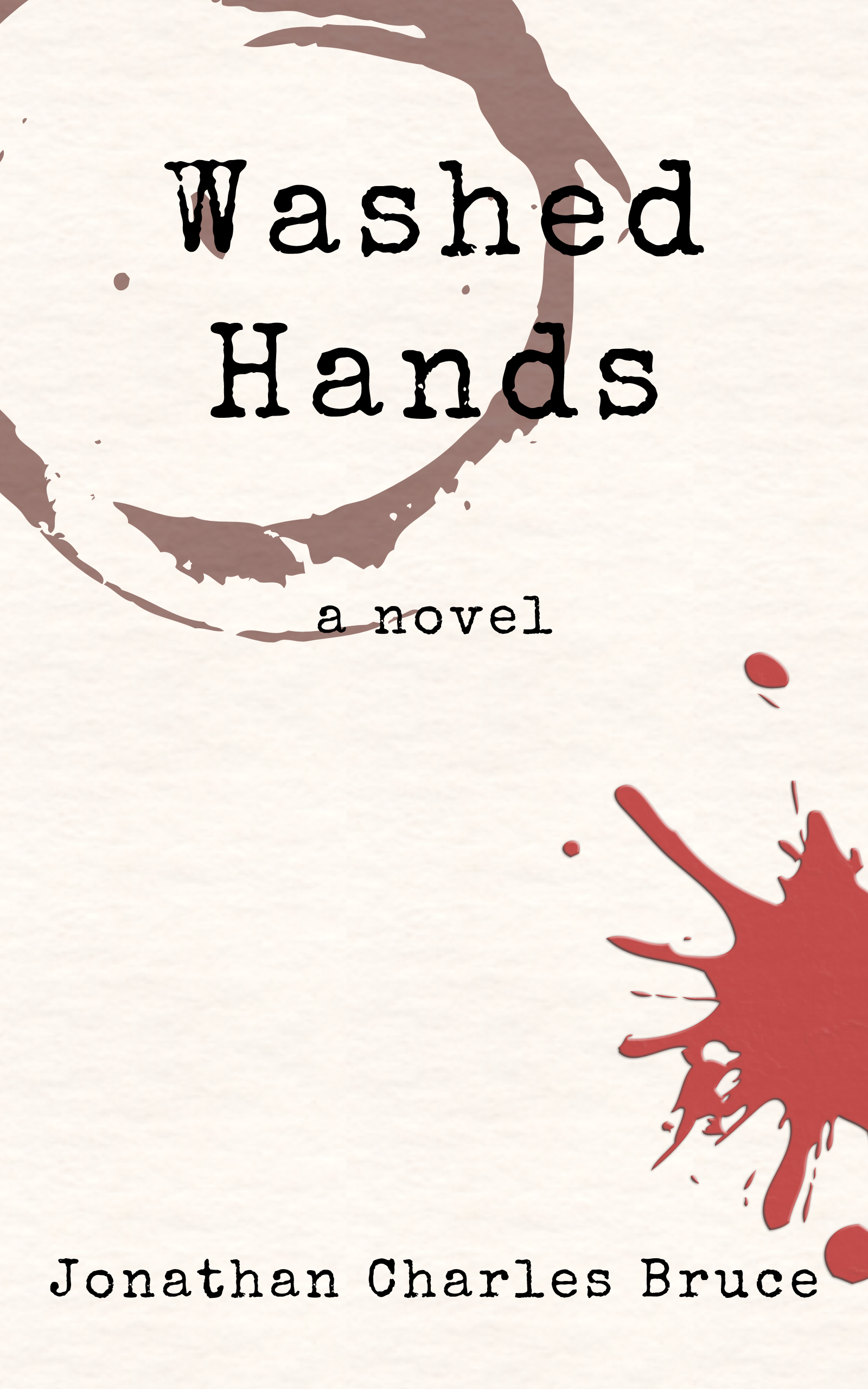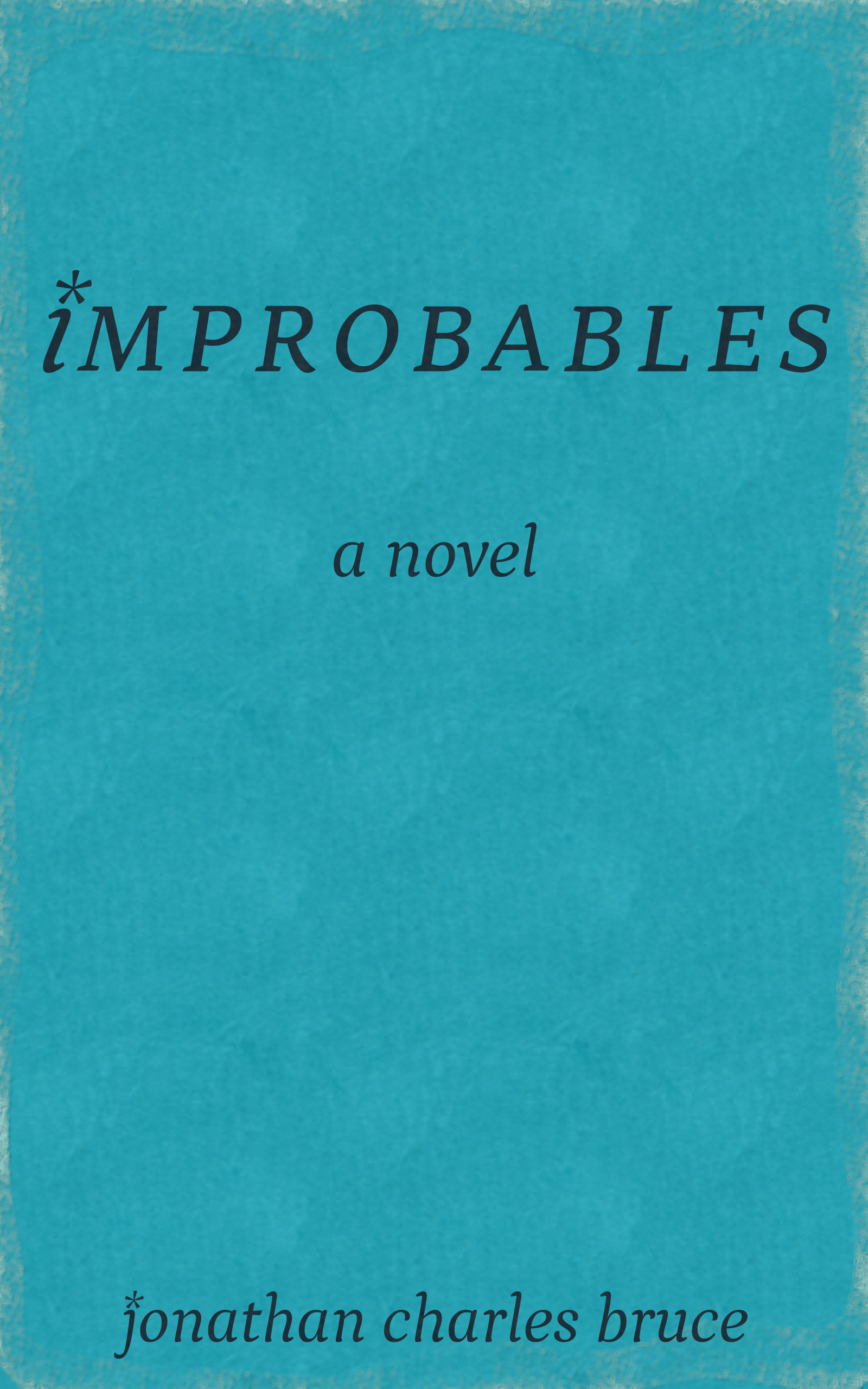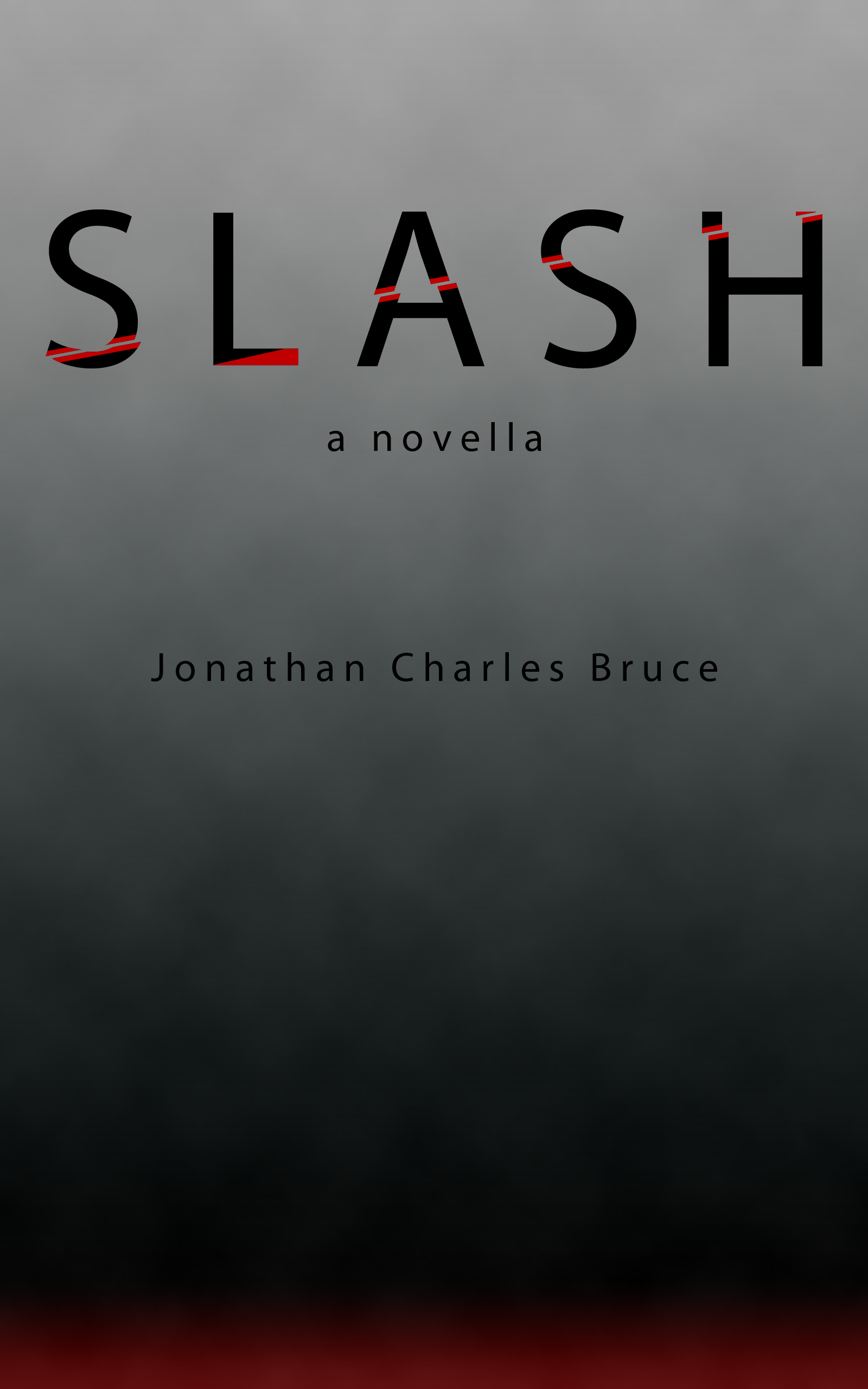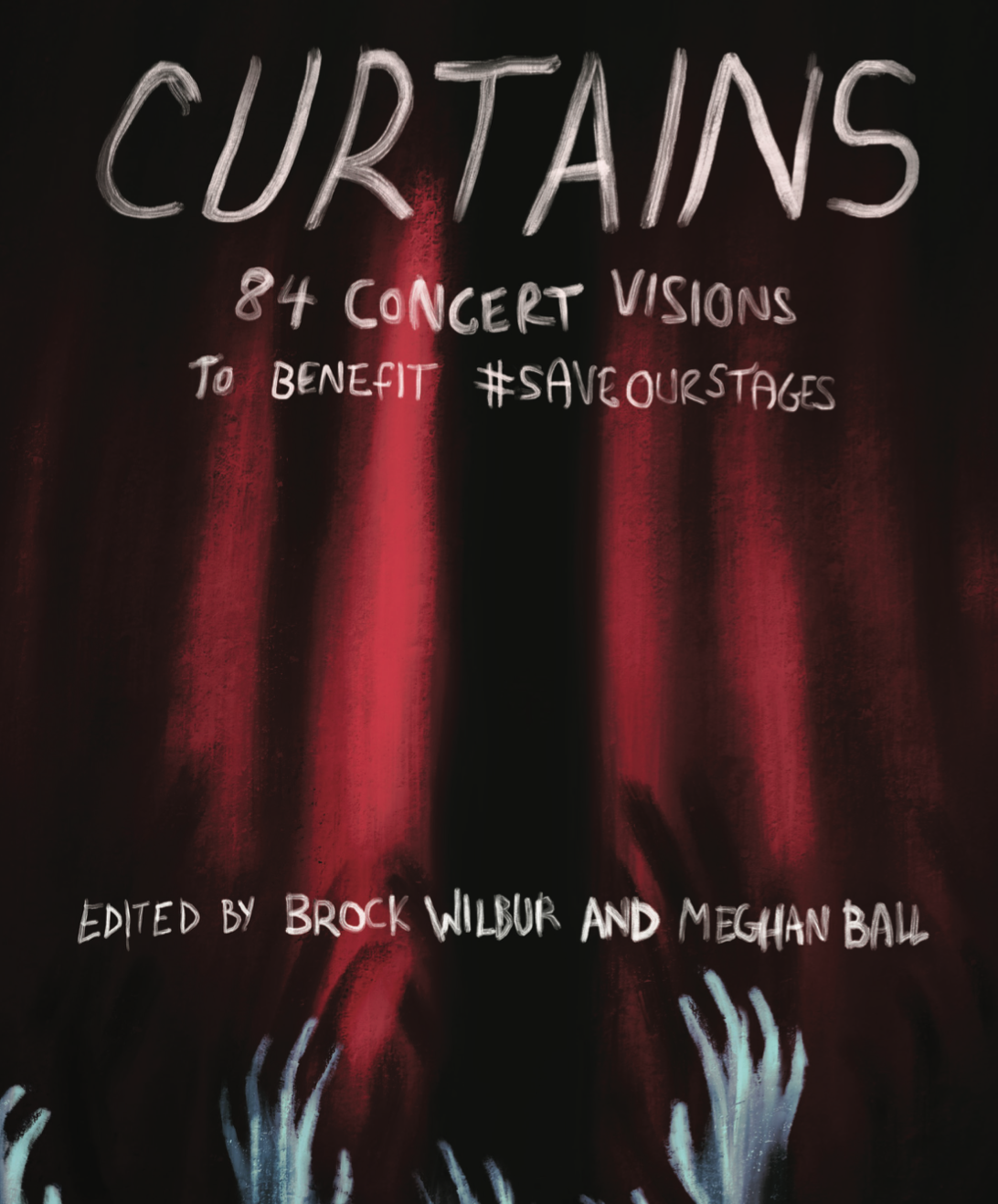Otherworld: Infinite Requiem Map
Hello, fellow board game nerds and the poor people who originally followed an author and are now just along for the ride as he descends slowly into a board game-related fever dream! Last week we took a look at the newly designed cards for the sweet, sweet loot that players can pick up. Today we shall dive into the unpredictable world of the game’s map!
Actually, unpredictable is the wrong word for it. It is a static object, you see.

See? Motionless. Utterly motionless.
General Concept
The game takes place in the fictional, middle-sized city of Andersonville, Illinois, located nebulously betwixt Milwaukee and Chicago along the shores of Lake Michigan. Yes, I realize that there really isn’t that much room between Milwaukee and Chicago that isn’t already occupied by people and buildings and cabbage fields. Shut up.
Since a cityscape tends to have a variety of environments in it, I knew from the get-go that it would be necessary to create distinct areas that still tied together to create a cohesive whole. Each area would also need to force players to respond to the environment in unique ways as they attempted to overcome the obstacles the game threw at them. In other words, I wanted to aesthetically represent several districts of a moderately-sized Midwestern city while also designing them in a way that would present unique gameplay challenges.
Additionally, it was important to have a variety of interior environments for players to seek shelter from enemies as the game itself.

As seen here, when a headless man in a meme shirt rolls die.
I also wanted the map to feel big. As such, I set out to make the landscape a three-by-three grid, consisting of nine neighborhoods, divided into thematically similar districts. Each neighborhood would be an 8x8 grid, and each district would have a unique common monster designed to prey on the weaknesses of maneuvering through their domain. Be that at is may, it still left an important question: just what would these districts be?
Otherworld: Infinite Requiem started as a play, so I already had a good idea of a handful of the areas. A large commercial district was a given from the start. A large park would need to be present for narrative purposes. One area would have to feature collapsed streets. Lavish estates would occupy another area. An additional map, physically disparate from the others, would be the sewers—essentially serving as the game’s quick travel system.
Yes, my game has a sewer level. Shut up.
![]()
Read about the sewer level here!
A side story I had started writing at some point inspired an area of modest houses. A different abandoned story would have featured apartments, so that would become yet another map. These neighborhoods would serve to create an outer ring of eight maps.
The donut hole in the center would be a dense nest of huge, tightly packed buildings representing the administrative core of Andersonville—the Borough. The buildings would essentially serve as a series of dungeons, with dead-ends, near-guaranteed confrontations, and a unique monster type that gets stronger the more enemies in its vicinity. Again, I am very interested in ending my friendships.
By the end of the brainstorm, there were nine neighborhoods and five districts: commercial, residential, the Borough, the park, and the Chasm.
On Paper
The next step was to use graph paper to get a rough idea of where and how areas would interact with each other. This would also be an opportunity to begin the process of figuring out what buildings would go where.

Not pictured: graph lines.
This also served to break up one district into two. Since the park ended up occupying the “southwest” corner, the residential district would just consist of modest homes and estates. The apartments became a motel and would serve as a disconnected, larger dungeon. Part of this decision was aesthetic, but the bigger part was the fact that having disconnected districts with the same monster type could be confusing to players. Better to have contiguous districts than not.
It is important to note that building footprints did not remain the same. The Borough in particular ended up going through quite a bit of transformation; the weird, squat-T design of each site was too repetitive and small for the kinds of intense dungeon-crawls I had figured out. Before I left the drafting phase, I had come up with a more varied design that linked the buildings with skywalks and attempted to utilize the 64-square grid in as useful way as possible.

People like this, right?
This would also not see the final design.
Although the nitty-gritty of the map design would change fairly dramatically over the next iterations, this helped dramatically with the next step.
To Build a World: Asset Hunter
As I will happily shriek at anyone who asks, I am not an artist. While I may occasionally make with the language real good, drawing or other kinds of artwork escapes my ability. Hiring someone was right out for the most part, at least at this stage of the game. Namely, I did not want to commit a large sum to a project that would prove to be untenable (or, worse, unenjoyable). So what to do?
I hit on the idea that I could convert photos into smaller tiles for both interior and exterior spaces. Between Ashlie and myself, we built a list of textures to capture. Then, on one very bright August Sunday, we took a walk around my city and took high resolution photos of bricks, grass, trees, water, and anything else that happened to catch our eye. I operated the camera; Ashlie ensured I did not get hit by traffic.
The other part of this would be assets—basically, items that could be photographed whole, then resized and placed throughout the game world to create a lived-in space. These ranged from bunches of flowers to trash bins to computers to water features. We cast a huge net, especially because the more material I had, the easier it would be to cobble together items into something needed, like a cave entrance.

I mean, considering my talent level here, this looks pretty good. Maybe.
I wish I could say that I only needed one trip to collect everything I needed. As I started designing maps, I found that the initial run of 202 textures/assets wasn’t enough. When all was said and done, it took an additional nine asset hunts to finally round out a collection of 267 things that could be applied to create a mostly-cohesive world. If you want to use my experience as a guide, then make sure you write a list of the stuff you need, then slap an extra 30% or so on top of that. Either that or resign yourself to just never being done.
Also, Project Northwoods is oddly popular in Andersonville.

The lighting is blown out because it prints darker. Trust me.
It’s my city. Shut up.
Mapping
The first map I started working on was the ‘Downtown’ neighborhood, which occupies the upper left portion of the board. I cut my teeth here, so it’s a bit more barren than I would end up liking. At the same time, it still seems to fit cohesively into the whole, so I have no real urge to go back and ‘fix’ it.
The first step was to lay down “bedrock”, or the pavement from which the street was made. This would then become the underlayer for most subsequent maps (to be swapped out with grass in the more foliage-oriented neighborhoods). For the first map, sidewalks were used to delineate streets and the rough outline of buildings; when sidewalks were less important (like in residential districts), I would instead layout structure walls to establish a footprint.
From there, interior walls would be laid out to differentiate rooms or other buildings. Floors would be built from textures, and then the building itself would be populated with items. Doors and windows would be set into the structure to facilitate player and enemy movement. Once everything was in place, the floors and items would be merged and a lighting filter would be applied.
It took a while to start duplicating all assets and textures and keep the duplicates invisible and untouched in case something went wrong with the lighting process. I… learned quite a bit the more I did it.
 This is one building! However, it is a total of three rooms and two distinct stores. The jewelry store has its own backroom with a one-way exit in the back. Most doors in the game can be used in any direction (indicated by the two green arrows), while some prevent ingress. The lighter blue windows allow players and aberrations to see into the building up to two spaces; the line of sight is indicated by the lighting effect creating ‘pools’ of visibility. Windows can be barricaded, but otherwise offer no defense—if a monster wants in, it can get in.
This is one building! However, it is a total of three rooms and two distinct stores. The jewelry store has its own backroom with a one-way exit in the back. Most doors in the game can be used in any direction (indicated by the two green arrows), while some prevent ingress. The lighter blue windows allow players and aberrations to see into the building up to two spaces; the line of sight is indicated by the lighting effect creating ‘pools’ of visibility. Windows can be barricaded, but otherwise offer no defense—if a monster wants in, it can get in.
You can pick up glass shards from broken windows, though. They are single-use, fairly powerful weapons to use in a pinch, though they can just as likely slice your hand up real bad upon use. Fun!
The color-coding is a final touch from playtesting. This is to help differentiate which districts are which, and thus, which aberrations spawn in each neighborhood. The numbers next to the name help determine randomized events, spawns, and objectives. The diamonds are the game’s Hot Spots; locations that can be searched for items, events, and completing objectives. They can also be used by enemies as kind of ‘flags’ for movement, depending on the situation.
The Borough
Since I talked about how much the Borough changed over time, here are the major buildings of the Borough. First is the Courthouse.

It's where all the cool kids play.
In the play, the Courthouse was the penultimate stop where several characters see their arcs end. There’s a fairly large lobby, two courtrooms, a bursar’s office, a holding area for prisoners on their way to trial, and a judge’s chamber. The window in the chamber actually leads into a secret route to “The Corridor”, the middle neighborhood of the commercial district. It is a lighter shade of blue to indicate that it is a second-story window, which has its own rules.
The Courthouse is connected via skywalk (with second-story windows!) to…

Those plants sure do pop up around town a lot.
… the police station. A long building, the police station is a narrow building that funnels individuals southward to lockup. There’s also an interrogation room.

This is... still pretty grisly, to be honest. Aren't there any nice places?
Across from the police station is St. Michael’s Hospital, the site of the first play and thoroughly retrofitted from the psychiatric hospital of the play to multipurpose hospital.
The most complex building, it features an examination room, an operating theater (with gallery!), a prep room, recovery wing, a lobby, and an ominously titled ‘Director’s Office’.
There’s one more building, but why not leave you wanting more? And also look at a neighborhood with a unique gimmick?
The Chasm

This is part of the map for the Chasm, a big ol’ abyss above which the remnants of a nest of office buildings tower. Fighting creatures here is deliberately stressful; every fight that takes place in a tile partially consumed by the cave-in begins with a die roll. Success results in normal combat; failure means both aberration and player tumble into the darkness. The player lands in the sewer after taking some damage, while the aberration itself is dead.
The creatures that dwell here are flying nightmares that will only spawn every other turn. Unlike other beasts, they can not enter buildings, but they can strike through windows, making exploration tense and rushed.
Also, there’s a semi-trailer that is used as a bridge, which I think is pretty neat.
< PREVIOUS ENTRY • NEXT ENTRY >
Advice • Fiction • Gaming • General Musings • Reviews





